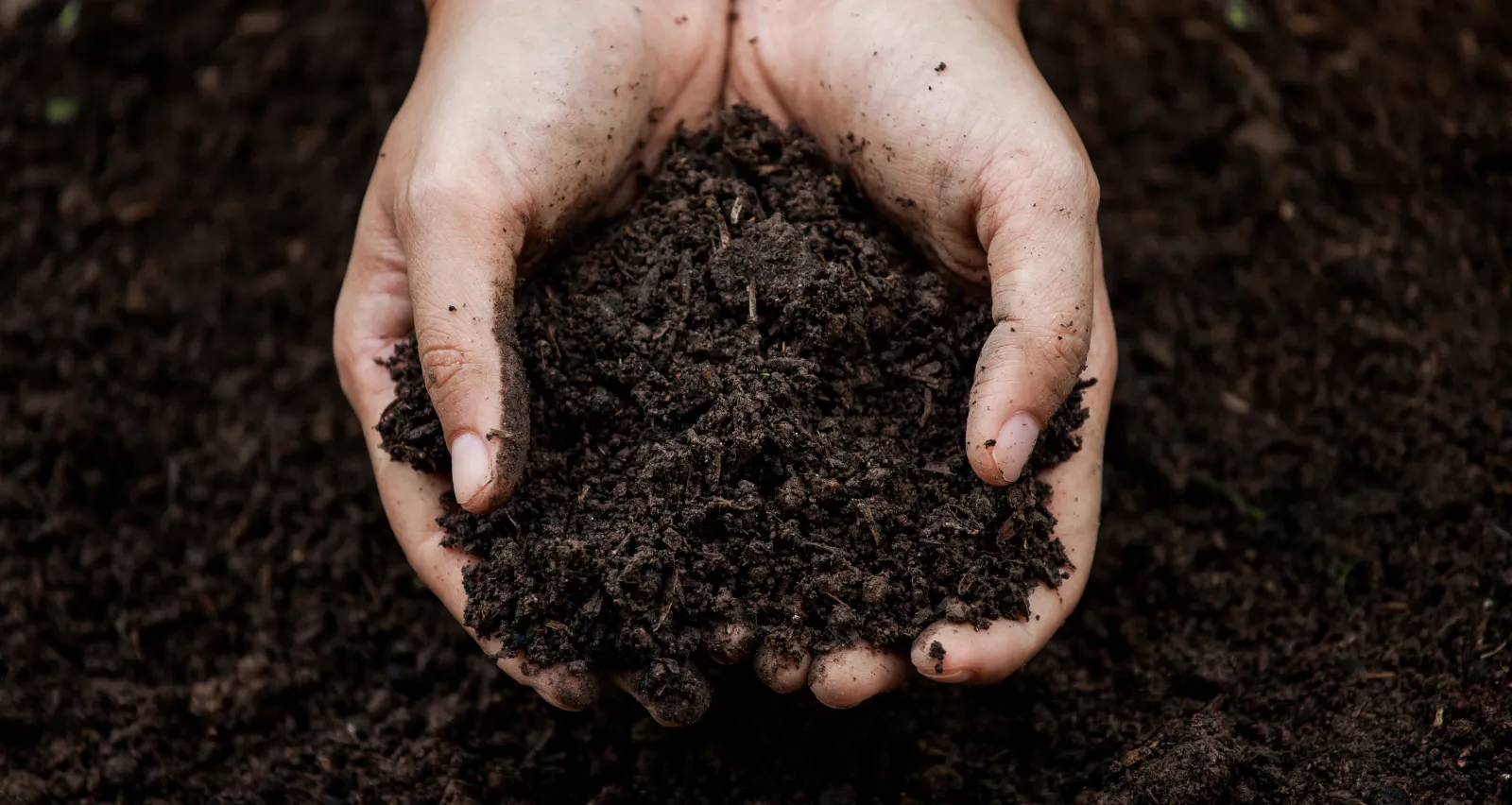
What is Drip Irrigation?
Drip irrigation is a precise watering method that delivers water directly to the root zone of plants, ensuring that they receive the optimal amount of moisture. This technique is highly effective for a wide range of crops including fruits, vegetables, oil-seeds, and plantation crops. Its design minimizes water wastage, making it an ideal choice for regions with water scarcity and undulating terrains.
Benefits of Drip Irrigation
- Water Efficiency: Drip irrigation can significantly reduce water usage by up to 50%. Unlike traditional irrigation methods, it minimizes evaporation and runoff losses, ensuring that water is used more effectively.
- Nutrient Management: The system allows for the precise application of soluble fertilizers directly to the root zone, improving nutrient uptake and reducing fertilizer consumption by 40-50%.
- Labor Savings: The automated nature of drip irrigation reduces the need for manual watering, which cuts down on labor costs and addresses labor shortages.
- Weed Reduction: By delivering water only where it is needed, drip irrigation minimizes the growth of weeds, which often thrive in over-irrigated areas.
- Enhanced Crop Yield: Uniform water distribution leads to consistent crop growth, resulting in higher yields. Studies have shown that adopting drip irrigation can boost agricultural and horticultural production by 50-100%.
- Adaptability: Drip irrigation systems can be tailored to suit various soil types and topographies, making them suitable for diverse farming conditions.
How Drip Irrigation Works
Drip irrigation systems consist of a network of valves, pipes, tubing, and emitters. Water is distributed through a central control unit and delivered directly to the plant roots via emitters or drippers. This method ensures that each plant receives a controlled amount of water, reducing wastage and promoting healthy growth.
- Water Source: Water is pumped from a source (e.g., a well, reservoir, or canal) into the drip system.
- Filtration: The water is filtered to remove any particles that could clog the emitters.
- Main Line and Sub-Mains: Water flows through the main line and sub-mains to reach various sections of the field.
- Emitters: These are placed along the tubing and release water slowly and directly to the plant roots.
Drip Irrigation in Bangalore
Bangalore, known for its diverse agricultural activities, has seen a growing adoption of drip irrigation. At Blooms Eco Village, this method aligns perfectly with our commitment to sustainable farming. The region’s undulating terrain and varying soil types benefit greatly from the precision and efficiency of drip irrigation.
Government Support and Financial Assistance
The Indian government offers substantial financial assistance to promote micro-irrigation systems like drip irrigation. Farmers can receive up to 50% subsidy, making it an affordable investment. Integrating drip irrigation with major irrigation schemes can expand canal command areas at a lower cost compared to new irrigation projects, achieving water application efficiency of up to 90-95%.
Conclusion
Drip irrigation is a transformative technology that addresses the critical challenges of water scarcity, labor shortages, and inconsistent crop yields. At Blooms Eco Village, we embrace this efficient irrigation method to enhance productivity and sustainability. By adopting drip irrigation, we are not only improving our agricultural practices but also contributing to a more sustainable and eco-friendly future.









